A nail is a horn-like envelope covering the dorsal aspect of the terminal phalanges of fingers and toes in humans, most non-human primates, and a few other mammals. Nails are similar to claws, which are found on numerous other animals. Fingernails and toenails are made of a tough protein called keratin, as are animals' hooves and horns. The mammalian nail, claw, and hoof are all examples of unguis (plural ungues).
Human anatomy
The nail consists of the nail plate, the nail matrix and the nail bed below it, and the grooves surrounding it. The matrix (synonyms: matrix unguis, keratogenous membrane, nail matrix, onychostroma) is the tissue (or germinal matrix) upon which the nail rests, the part of the nail bed that extends beneath the nail root and contains nerves, lymph and blood vessels. The matrix is responsible for the production of the cells that become the nail plate. The width and thickness of the nail plate are determined by the size, length, and thickness of the matrix, while the shape of the fingertip itself determines if the nail plate is flat, arched, or hooked.
The matrix will continue to grow as long as it receives nutrition and remains in a healthy condition. As new nail plate cells are incubated, they emerge from the matrix round and white to push older nail plate cells forward; and in this way yet older cells become compressed, flat, and translucent, making the pink color of the capillaries in the nail bed below visible.
The lunula (occasionally called simply "the moon") is the visible part of the matrix, the whitish crescent-shaped base of the visible nail. The lunula is largest in the thumb and often absent in the little finger.
The nail bed is the skin beneath the nail plate. Like all skin, it is composed of two types of tissues: the deeper dermis, the living tissue fixed to the bone which contains capillaries and glands, and the superficial epidermis, the layer just beneath the nail plate which moves forward with the plate. The epidermis is attached to the dermis by tiny longitudinal "grooves" known as the matrix crests or crests of the nail matrix (cristae matricis unguis). During old age, the plate thins, and these grooves are made evident in the structure.
The nail sinus (sinus unguis) is the deep furrow into which the nail root is inserted.
The nail root (radix unguis) is the part of the nail situated in the nail sinus, i.e. the base of the nail embedded underneath the skin. It originates from the actively growing tissue below, the matrix.
The nail plate or body of nail (corpus unguis) is the actual nail, and like hair and skin, made of translucent keratin protein made of amino acids. In the nail it forms a strong flexible material made of several layers of dead, flattened cells. The plate appears pink because of the underlying capillaries. Its (transversal) shape is determined by the form of the underlying bone. In common usage, the word nail often refers to this part only.
The free margin (margo liber) or distal edge is the anterior margin of the nail plate corresponding to the abrasive or cutting edge of the nail. The hyponychium (informally known as the "quick") is the epithelium located beneath the nail plate at the junction between the free edge and the skin of the fingertip. It forms a seal that protects the nail bed. The onychodermal band is the seal between the nail plate and the hyponychium. It is found just under the free edge, in that portion of the nail where the nail bed ends and can be recognized by its glassy, greyish color (in fair-skinned people). It is not perceptible in some individuals while it is highly prominent on others.
The eponychium is the small band of epithelium that extends from the posterior nail wall onto the base of the nail. Often and erroneously called the "proximal fold" or "cuticle", the eponychium is the end of the proximal fold that folds back upon itself to shed an epidermal layer of skin onto the newly formed nail plate. This layer of non-living, almost invisible skin is the cuticle that "rides out" on the surface of the nail plate. Together, the eponychium and the cuticle form a protective seal. The cuticle on the nail plate is dead cells and is often removed during a manicure, but the eponychium is living cells and should not be touched. The perionyx is the projecting edge of the eponychium covering the proximal strip of the lunula.
The nail wall (vallum unguis) is the cutaneous fold overlapping the sides and proximal end of the nail. The lateral margin (margo lateralis) is lying beneath the nail wall on the sides of the nail and the nail groove or fold (sulcus matricis unguis) are the cutaneous slits into which the lateral margins are embedded.
The paronychium is the border tissue around the nail and paronychia is an infection in this area.
Function
A healthy (finger)nail has the function of protecting the distal phalanx, the fingertip, and the surrounding soft tissues from injuries. It also serves to enhance precise delicate movements of the distal digits through counter-pressure exerted on the pulp of the finger. The nail then acts as a counterforce when the end of the finger touches an object, thereby enhancing the sensitivity of the fingertip, even though there are no nerve endings in the nail itself. Finally, the nail functions as a tool, enabling for instance a so-called "extended precision grip" (e.g. pulling out a splinter in one's finger).
Nail Diseases & Infection Fungal or Yeast Infection
A fungal or yeast infection which results in Onychomycosis can invade through a tear in the proximal and lateral nail folds as well as the Eponychium. This type of infection is characterized by Onycholysis (nail plate separation) with evident debris under the nail plate. It normally appears white or yellowish in color, and may also change the texture and shape of the nail. The fungus digests the keratin protein of which the nail plate is comprised. As the infection progresses, organic debris accumulates under the nail plate often discoloring it. Other infectious organisms may be involved, and if left untreated, the nail plate may separate from the nail bed and crumble off.
Paronychia (Nail Infection)
Paronychia disease is an infection of the inflammation skin and soft tissue infections that surrounds a toenail or fingernail. It can start suddenly (acute Paronychia) or gradually (chronic Paronychia). The etiology, infectious agent, and treatment are usually different for each form, and the 2 forms are often considered separate entities. Acute Paronychia develops over a few hours when a nail fold becomes painful, red, and swollen. It is one of the most common hand infections.
Pseudomonas (The Greenies)
Pseudomonas bacterial infection can occur between the natural nail plate and the nail bed, and/or between an artificial nail coating and the natural nail plate. Many people have been led to believe that the classic 'green' discoloration of this type of infection is some type of mold. In actuality, mold is not a human pathogen. The discoloration is simply a by-product of the infection and is caused primarily by iron compounds. Pseudomonas thrives in moist places; it feeds off the dead tissue and bacteria in the nail plate, while the moisture levels allow it to grow.
Tinea Unguis
Symptoms
The symptoms of Tinea include itchiness and foot odor. Sweat and water make the epidermis white and soggy, resulting in Tinea. There often is scaling, maceration, and fissuring of the skin between the third and fourth toes.
Causes
Tinea or ringworm is caused mainly by Trichophyton rubum and is the commonest type of fungal infection.
Ozone for Treating Nail Fungus
Ozone therapy for nail fungus is a modernistic and new age treatment, which has been used with success by some people. Perhaps, many have not heard about the use of ozone nail fungus treatment.
However, many of us know that the ozone layer, which is part of the atmosphere, filters out a lot of the UV rays and protects people from harmful rays from the sun. Ozone gas is used to purify the drinking water of major cities since it acts as a primary stage disinfectant because of its capability to destroy fungus and bacteria.
Ozone (O3) is a naturally occurring highly reactive gas, which is composed of three atoms of oxygen. The ozone molecule contains one extra oxygen atom, thus it acts as a powerful oxidation agent. Many people use ozone for nail fungus due to its anti-fungal properties. Thus, taking into account the anti-fungal and oxidizing properties of ozone, chemists have manufactured ozonized topical treatments for curing nail fungus.
The theory behind Ozone Nail fungus Treatment
The use of ozone as a nail fungus treatment is based on the theory that it breaks down and eradicate toxins from the body through the process of the oxidation process. The oxygen releasing effect of ozone or oxidative therapy brings about improvement in the nail fungus. The immune system of the body also gets improved by the yield of the white blood cells. Thus, the key to using ozone for nail fungus treatment be connected with the availability of ozone to the fungus. Ozone 'bagging' and the topical application of ozonated olive oil, are some of the ways to use ozone therapy for nail fungus. Bagging is done by putting the infected fingers in a bag, which is already filled with ozone gas. This method is equivalent to soaking your infected nails in an anti-fungal solution to cure nail fungus.
Ozonated Olive Oil
It is prepared when ozone is bubbled in olive oil for many days until it slowly begins to solidify. Ozonated olive oil can be applied 2 -3 times a day for several weeks to cure nail fungus.










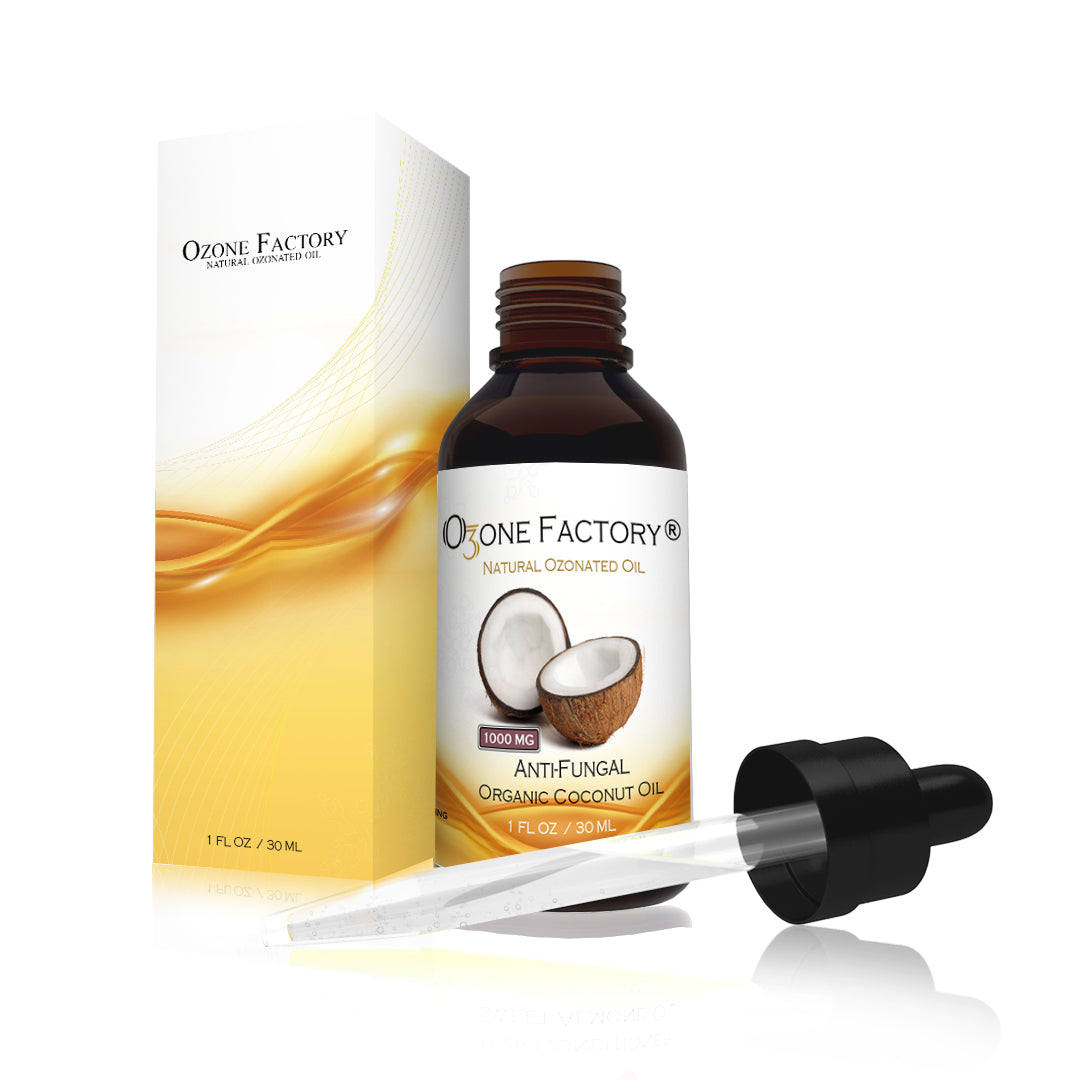
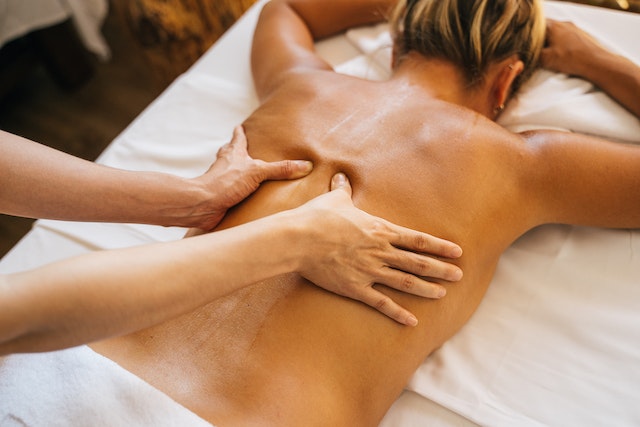
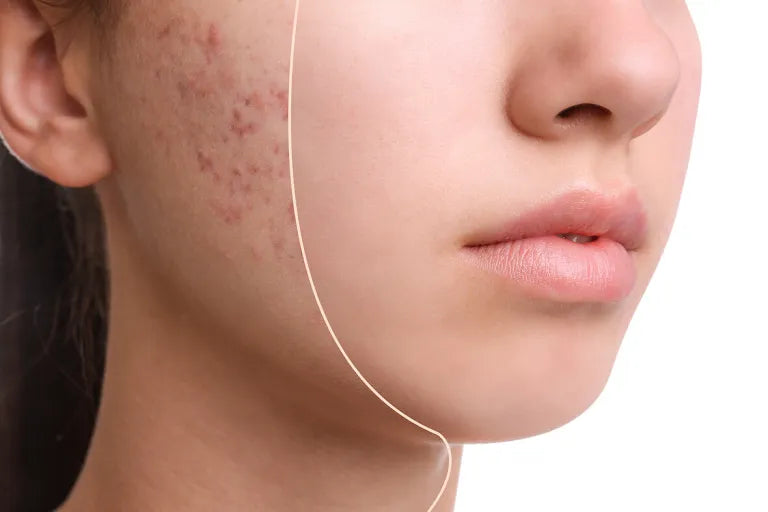
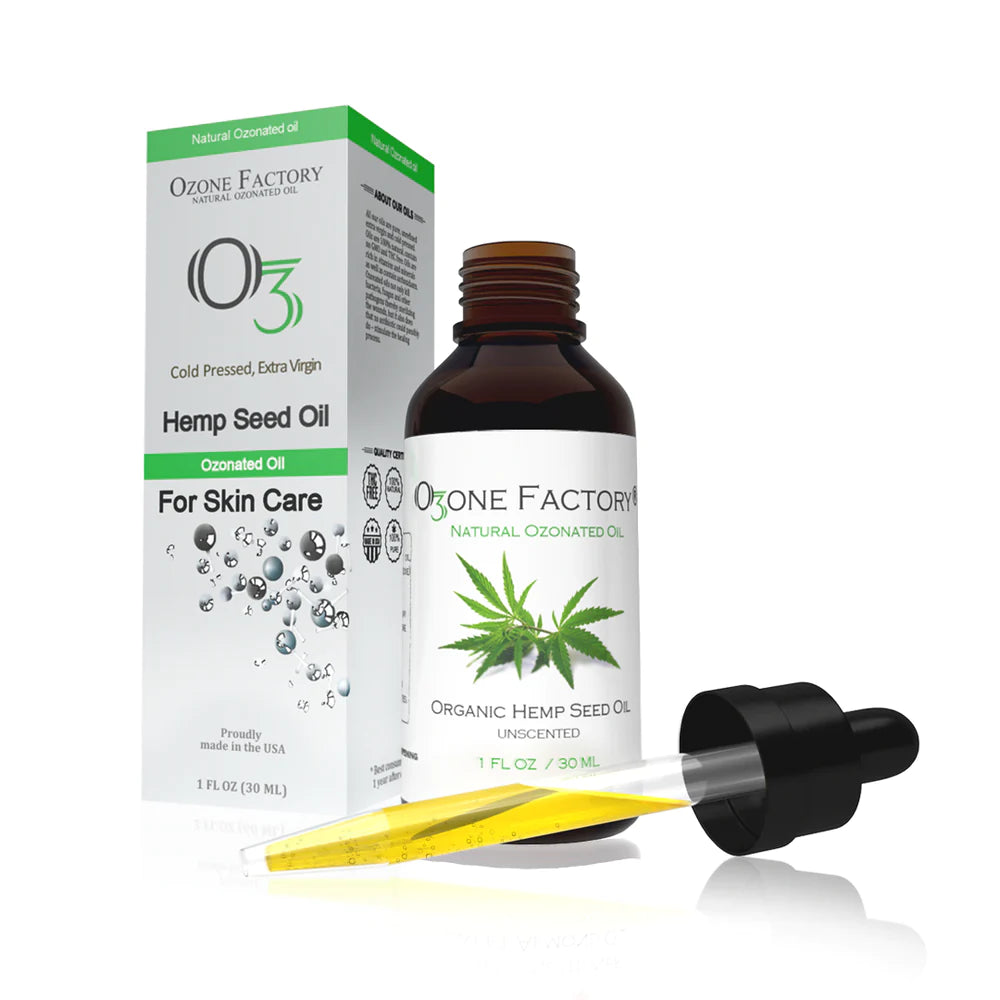
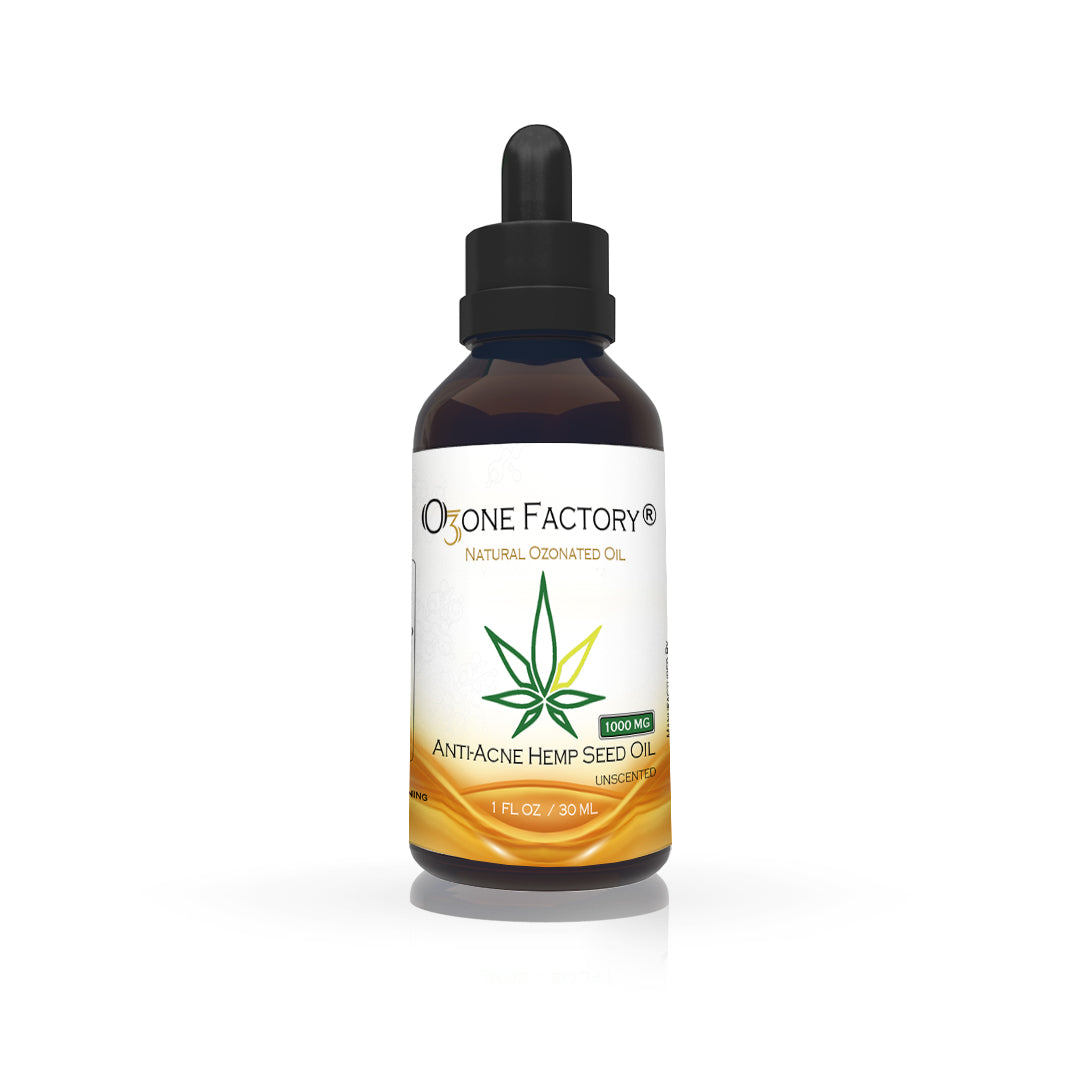
This is another testimony on how Chief Dr Lucky cured my HIV disease. Do you need a cure for your HIV disease? Do you want to be cured from your cancer disease? Or you want to be free from any type of disease. Kindly visit https://chiefdrluckyherbaltherapy.wordpress.com/ . He just cured my HIV disease and I’m very grateful to him, he is the only herbalist that can cure you.
WhatsApp number : +2348132777335
Via Email : chiefdrlucky@gmail.com
Thank you all for reading,
God bless"
buy cialis online safely[/url]
Dosage Of Amoxicillin For Uti Acaredge [url=https://bansocialism.com/]where to buy cialis online safely[/url] eldernedoono Commander Viagra Ligne